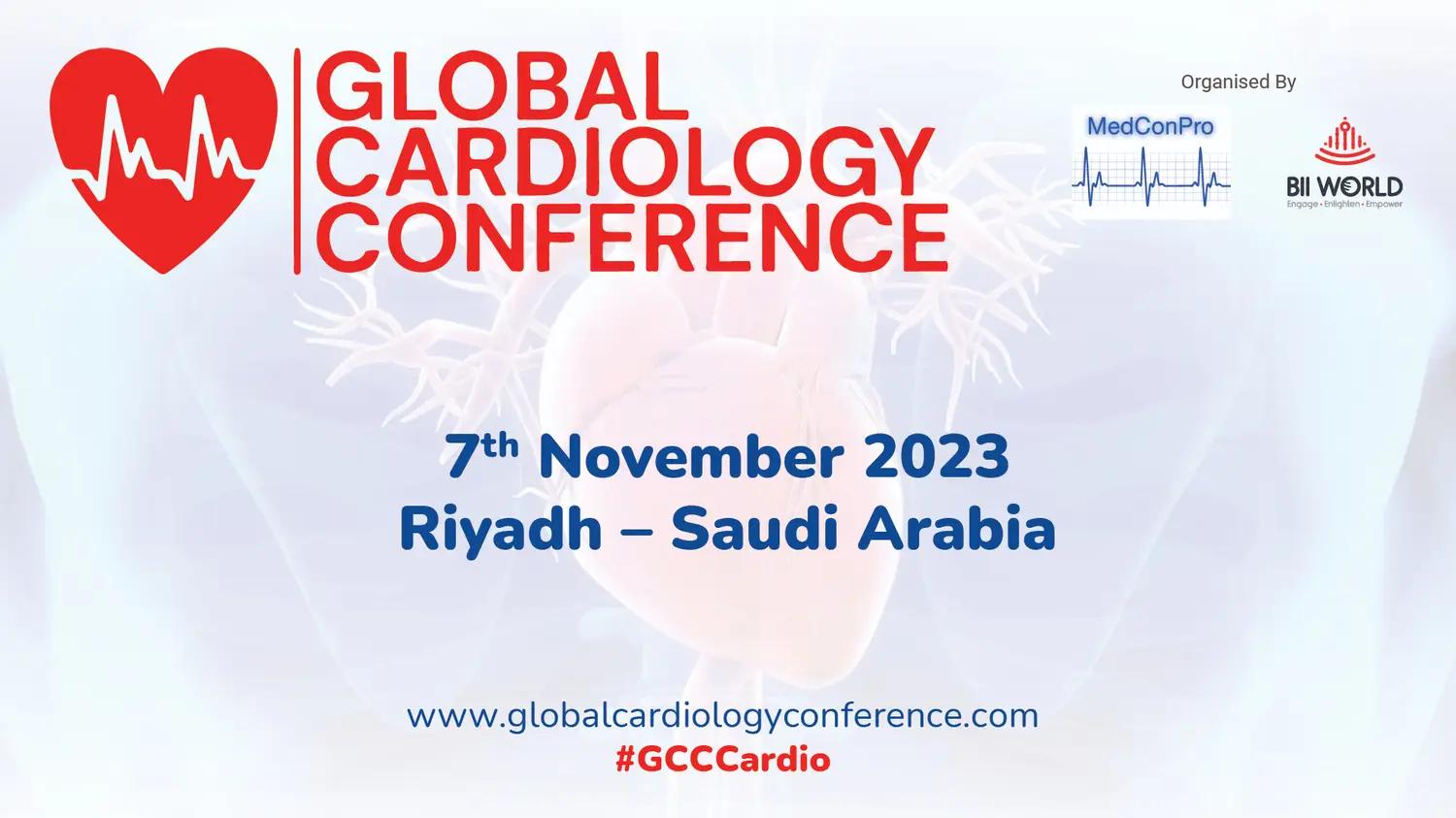
Fluoroscopy in Atrial Fibrillation Ablation
 hosted byeRADIMAGING
hosted byeRADIMAGING
Fluoroscopy in Atrial Fibrillation Ablation is organized by eRADIMAGING.
Release Date: 12/10/2018
Expiration Date: 1/1/2025
Description:
Course Description
Atrial fibrillation (AF) is a cardiac rhythm disturbance characterized by rapid and ineffective heart contractions, decreased coronary output, and increased risk of stroke. AF is typically caused by abnormal patterns of electrical activity that originate from trigger zones within the heart and adjacent pulmonary veins. In the past, AF was managed primarily using medications to regulate heart rate or rhythm. More recently, AF has increasingly been treated using surgical or catheter ablation techniques, in which abnormal trigger zones are lesioned. In the most commonly used techniques, steerable catheters are introduced into a major blood vessel and maneuvered to target sites under fluoroscopic guidance, and AF trigger zones are lesioned by the application of heat or cold from the catheter tip. Catheter ablation has been shown to produce better heart rhythm control than medical management for many patients, but is associated with potential procedural complications. In addition, radiation exposure associated with fluoroscopy is associated with the risk of short-term and long-term complications for patients and medical personnel. A number of strategies are available to reduce the risk of radiation exposure for patients and staff, including beam collimation, positioning of the x-ray tube, radiation shielding, and filtering low-energy x-ray photons from the x-ray beam. AF may be performed using lower fluoroscopy framerates than many other interventional procedures, which also permits a reduction of the radiation dose. Radiation exposure in AF may also be accomplished by the use of newer technologies, including 3-dimensional electroanatomic mapping systems or rotational angiography. Many government agencies, patient advocacy organizations, and professional societies provide education and other resources for radiation dose management associated with coronary interventional procedures.
Objectives:
• Define atrial fibrillation (AF) and describe commonly used treatment approaches for patients with AF, including medical management, surgery, and catheter-based interventions
• Discuss the clinical benefits and potential adverse outcomes associated with fluoroscopically guided AF catheter ablation, including the risks associated with radiation exposure.
• Implement strategies to reduce radiation exposure to both patients and imaging personnel associated with AF ablation procedures.
Additional details will be posted as soon as they are available.









